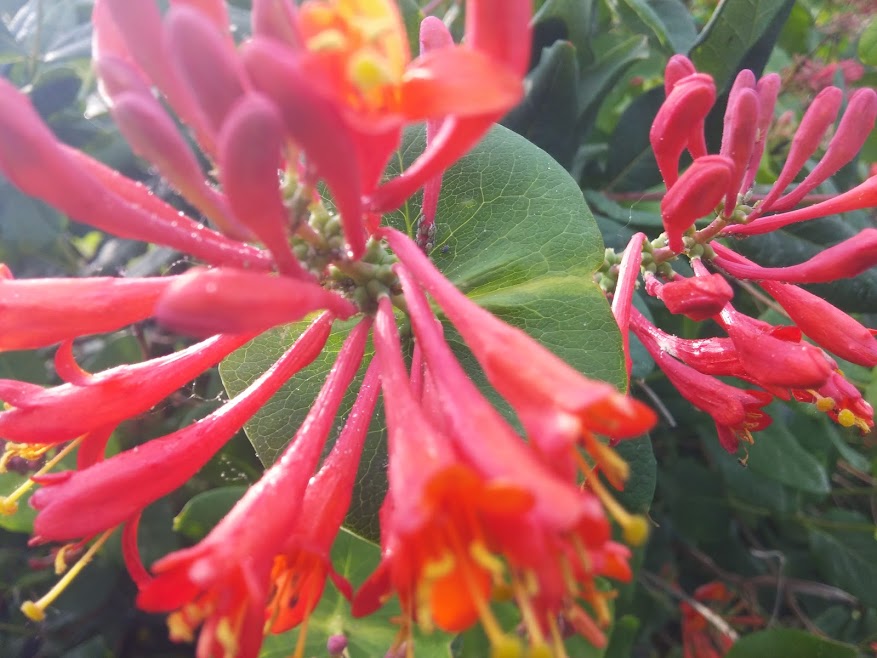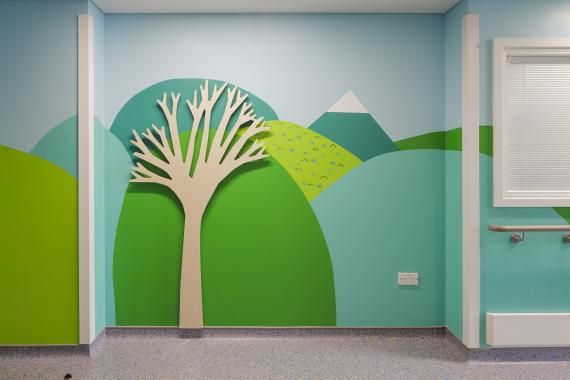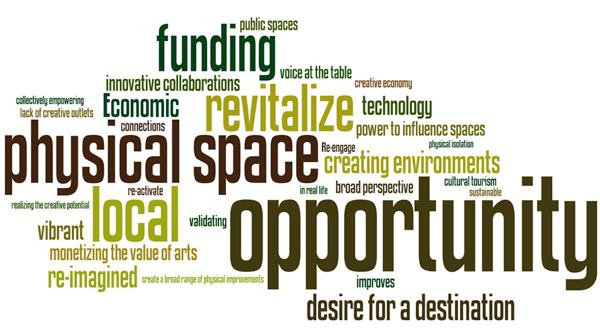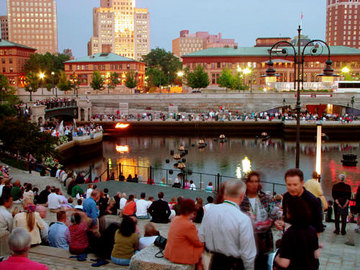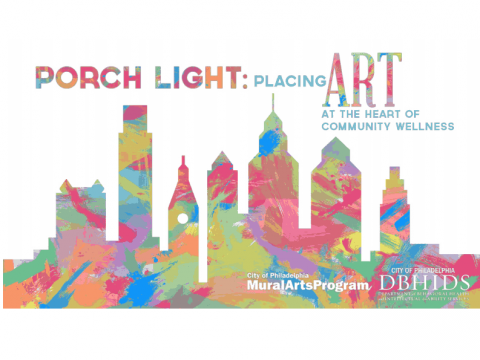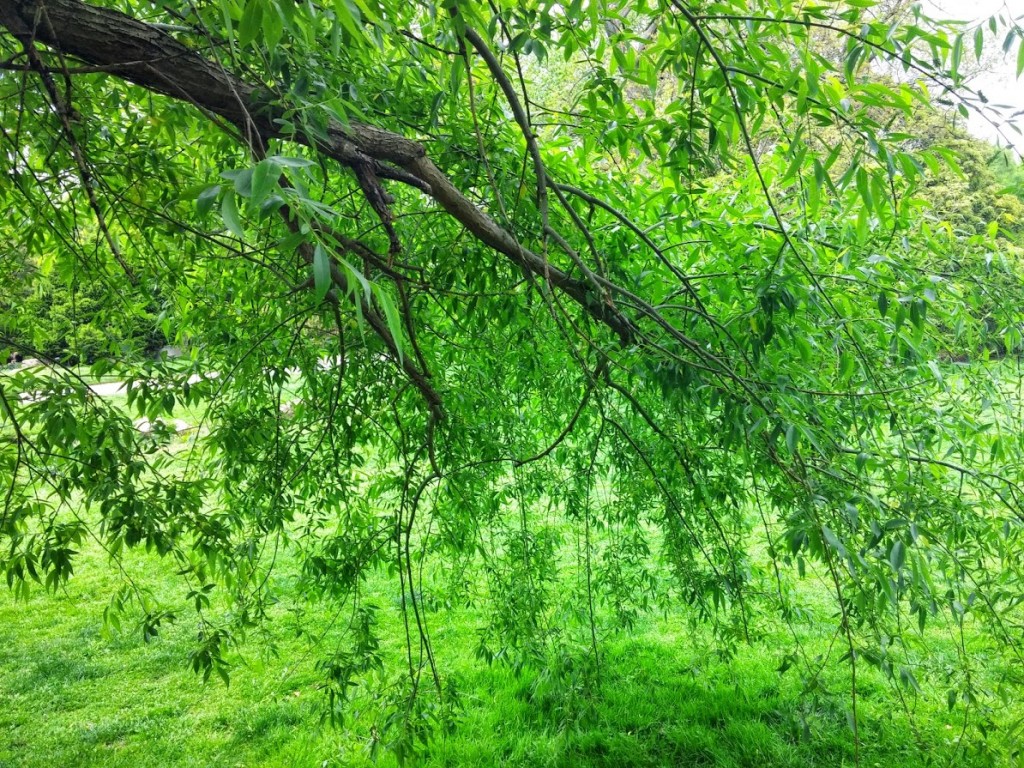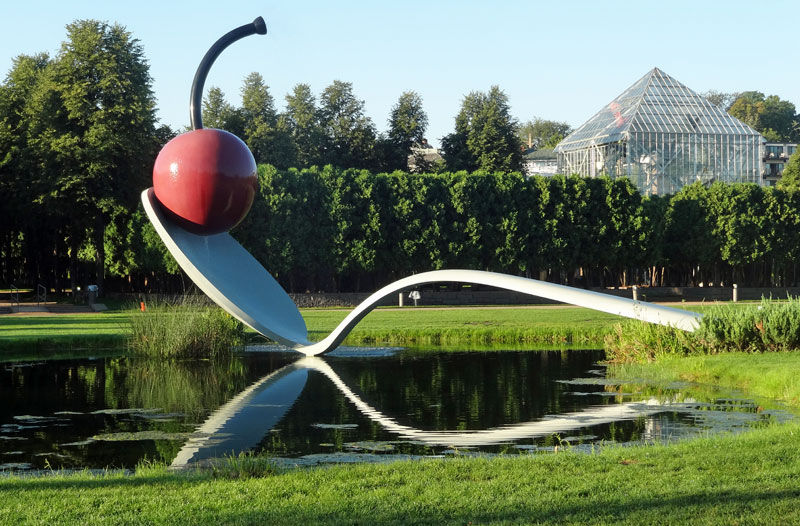
“Creative placemaking not only lifts up a neighborhood physically with murals and sculpture and investments in artist housing, galleries and theaters, it helps strengthen the local economy, as eye-catching storefronts, new cultural activities and intriguing installations bring in customers and attract new businesses. It increases a sense of community identity and local pride. It can make a neighborhood a more interesting, livable place.
But most importantly arts and culture are a powerful force that help shape a neighborhood’s narrative — telling the story of what kind of place it is, changing its reputation and its trajectory.”
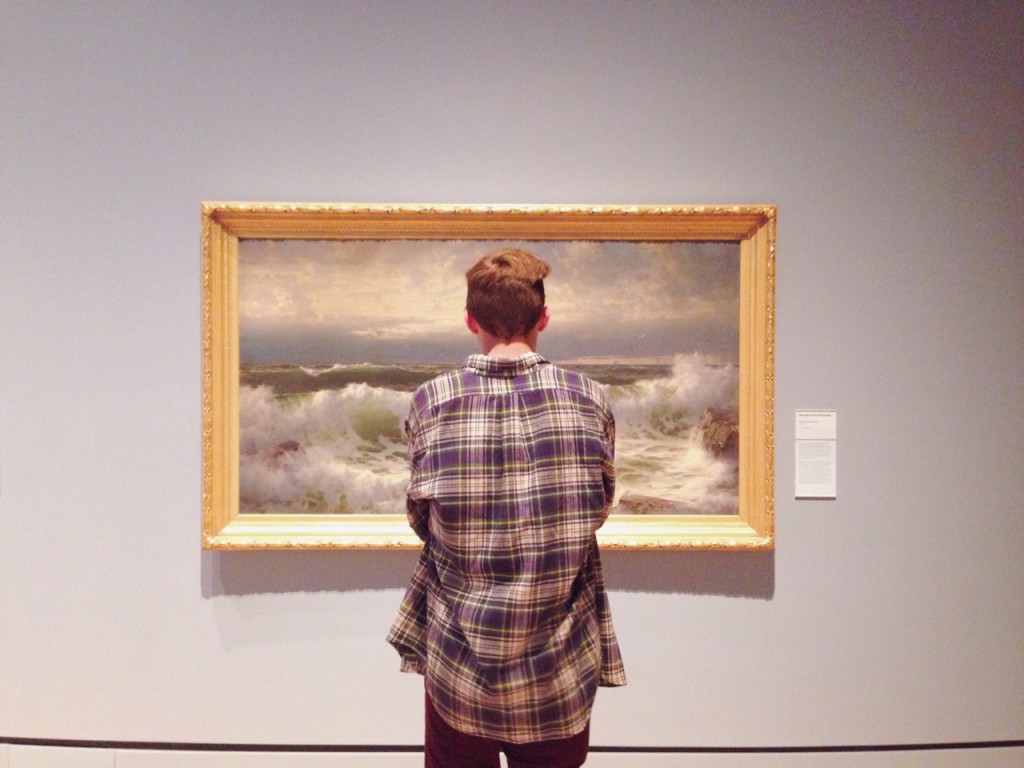
“After analyzing 15 studies that had people looking at art for different reasons, neuroscientist Oshin Vartanian explained in a Q&A that “areas of the brain involved in processing emotion and those that activate our pleasure and reward systems are also being engaged.” Essentially, parts of the brain that are associated with contemplation are automatically sparked when viewing art, even if they aren’t thinking about it critically.”
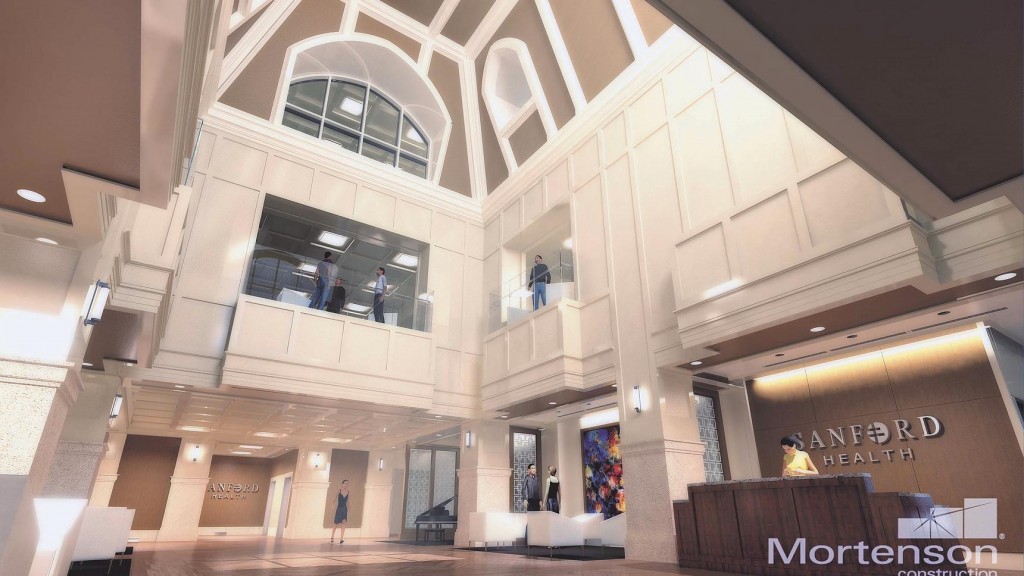
“Studies have demonstrated links between the physical environment and patient outcomes in several areas, according to research cited by the Center for Health Design:
Reducing staff stress and fatigue and increasing effectiveness in delivering care.
Improving patient safety.
Reducing stress and improving outcomes.
Improving overall health quality.”
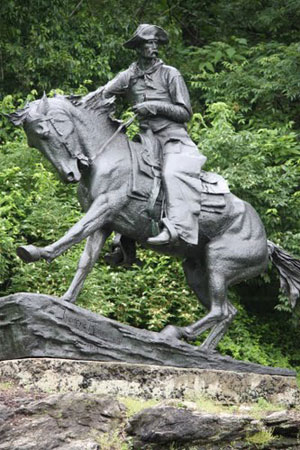
‘According to Bach, studies have looked at the economic development benefits of art, but only just recently have there been wider examinations of the effect of art on a community’s sense of place. The Knight Foundation’s Soul of the Community initiative surveyed some 43,000 people in 43 cities and found that “social offerings, openness and welcome-ness,” and, importantly, the “aesthetics of a place – its art, parks, and green spaces,” ranked higher than education, safety, and the local economy as a “driver of attachment.”’
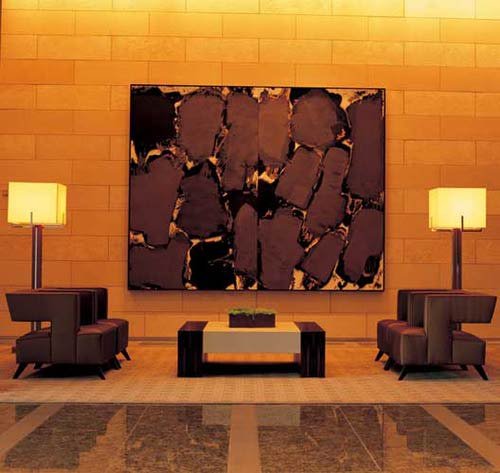
“Shining a spotlight on art and cultural relationships and business provides a better understanding between people of diverse nations. The quest for better communications through the arts help define businesses. By associating with the arts, businesses have discovered that their brands are enhanced and increase their reach and in the end their profitability.”
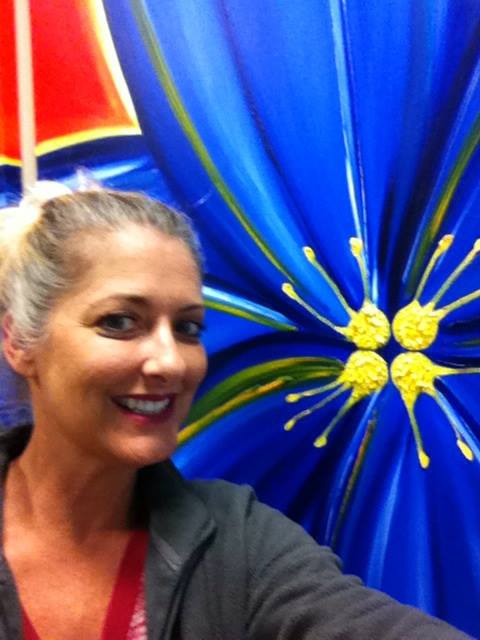
“Fundamentally, human nature revels in the creative side of life. Art chronicles the history of humans and some of the very finest individual accomplishments of the human race. Unlike museums of natural history, art museums document and enshrine human creativity. Without creativity, without innovation, there’s nothing new in our future.”
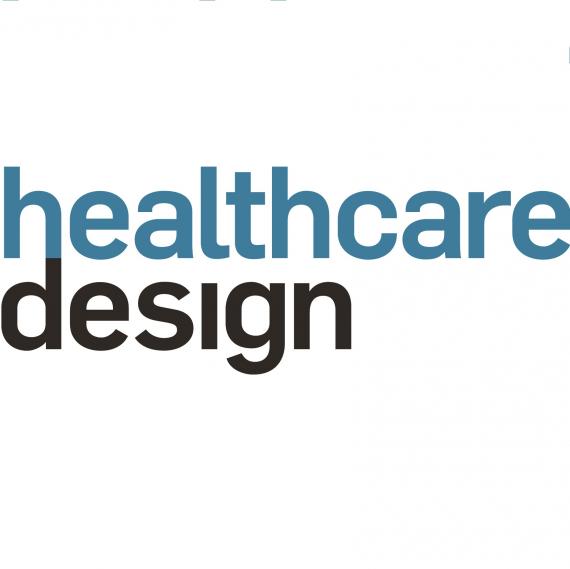
“What the researchers did find was significant improvement in facility-related satisfaction scores such as noise level (39.9 percent vs. 59.3 percent), pleasantness of décor (33.6 percent vs. 66.2 percent), and visitor (family) accommodation and comfort (50 percent vs. 70.3 percent). Likewise, there was great improvement in perception of room cleanliness (49 percent vs. 68.6 percent). Also there was a significant (5 percent) increase in patients who would recommend the hospital to others.”

“The “Arts & Economic Prosperity IV” study is a valuable document with tons of detailed information drawn from 182 geographical regions.
Southeastern Pennsylvania’s cultural organizations and their audiences have a combined impact of $3.3 billion on the region’s economy.
Arts and culture supports 44,000 full-time equivalent jobs throughout the region.
Arts and culture returns $1.04 billion in household income to Southeastern Pennsylvania residents.
Cultural tourism is a valuable asset for the region, injecting nearly $230 million in direct spending into the economy.”
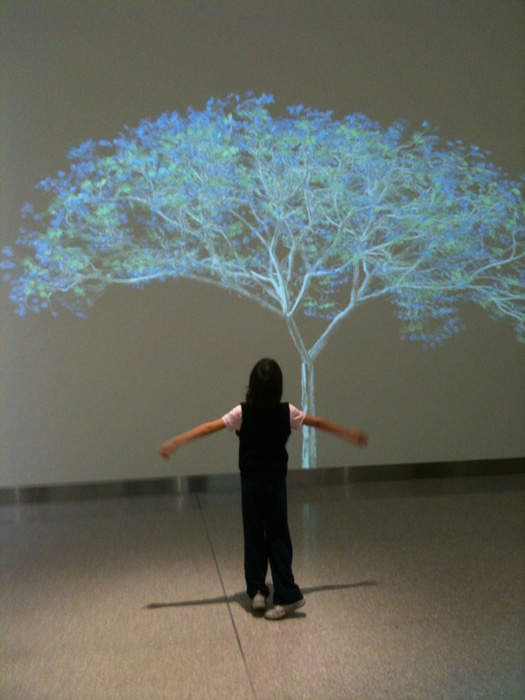
“While hospitals around the country are beginning to embrace the beauty of a restorative environment in the healing process, New York School of Interior Design (NYSID) is training interior designers to specialize in assisting healthcare facilities and hospitals to curate an environment designed for healing.”

‘”That awe, wonder and beauty promote healthier levels of cytokines suggests that the things we do to experience these emotions — a walk in nature, losing oneself in music, beholding art — has a direct influence upon health and life expectancy,” said UC Berkeley psychologist Dacher Keltner, a co-author of the study.’
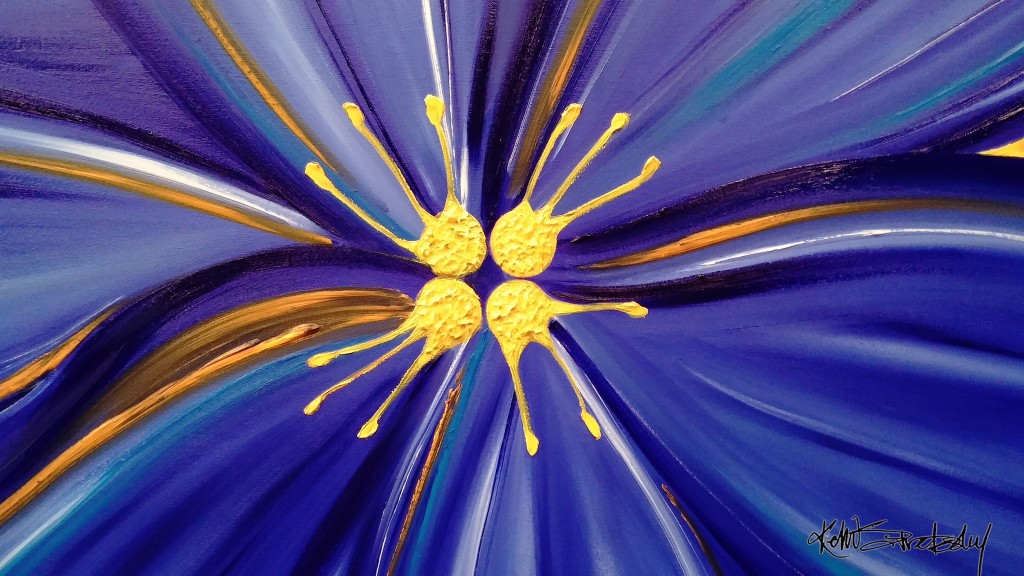
“Hospitals are turning to art as part of a broader push to create a healing environment as studies show that visual art can help reduce stress for patients and increase satisfaction with care. Dr. Iva Fattorini and Jennifer Finkel, who are both involved with art at the Cleveland Clinic, discuss on Lunch Break with Tanya Rivero.”
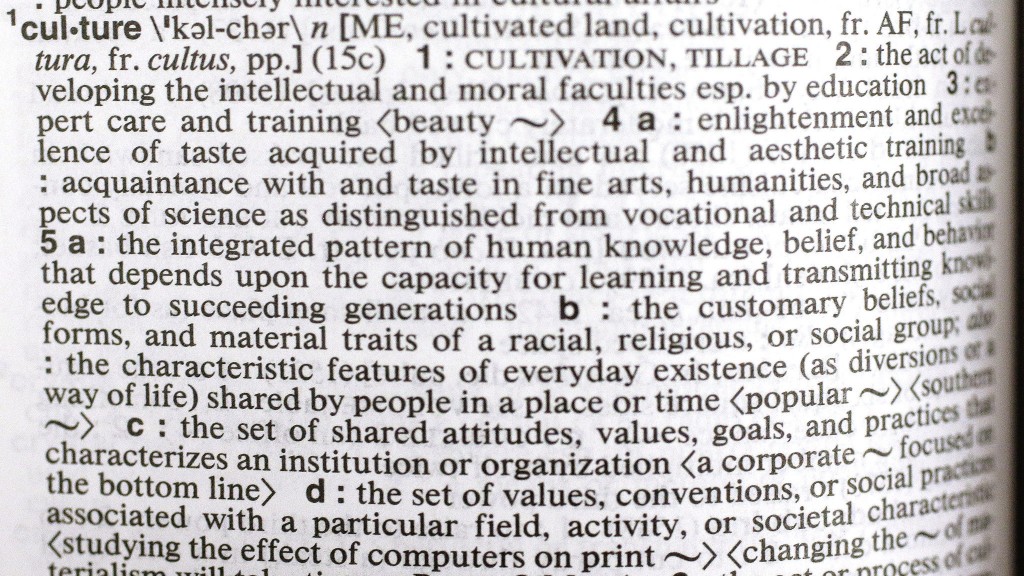
“The culture of a community significantly shapes debate and action that lead to development. Local culture also presents unique options for locally based economic, social, and other developments. Local understandings and interpretations of a community’s history reflect past events that feed into and are partially driven by the demands, sentiments, and interests of those in the present. This makes it crucial for community development practitioners to consider the cultural importance of efforts to improve local well-being.”

“The experience of art in whatever form has long been characterized as pleasurable both to the senses and to the intellect (Dutton, 2009).
These findings are consistent with our hypothesis, leading us to propose that the appeal of visual art involves activation of reward circuitry based on artistic status alone and independently of its hedonic value.”
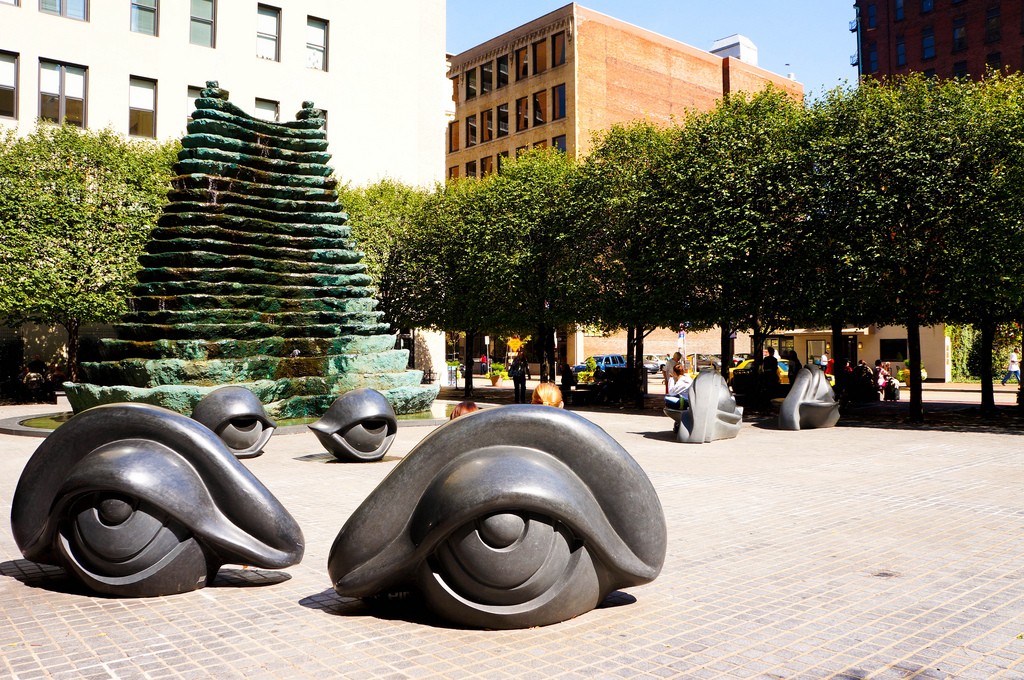
‘Art is not just for artists or relegated to galleries and museums. As Dr. Chu shared during her visit, “Nobody helps make a community distinctive and vital more than the arts – the new paradigm is arts and community vitality are so critical to one another – the arts are there for everyone, they are a part of our everyday lives.”‘
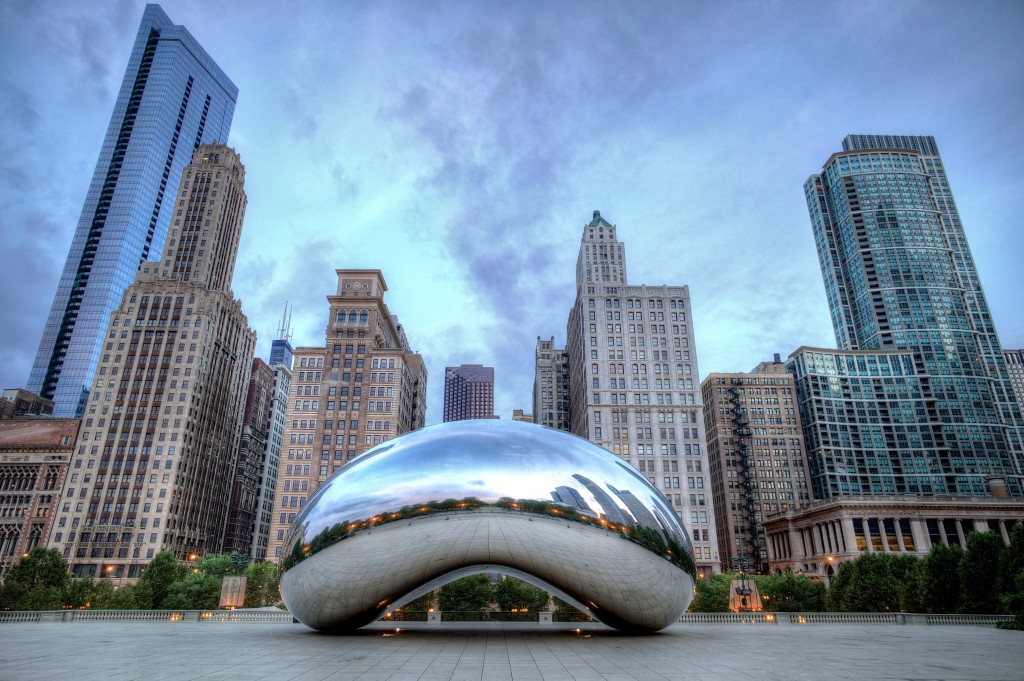
“Placemaking is the art of developing a public space that attracts people. In the process, it almost always pays economic dividends back to the community.”
“Places that incorporate local heritage and artists attract more tourists, and residents feel a stronger connection to such places. The Arts and Economic Prosperity III report from Americans for the Arts states that annual support in the arts generates a 7:1 return.”
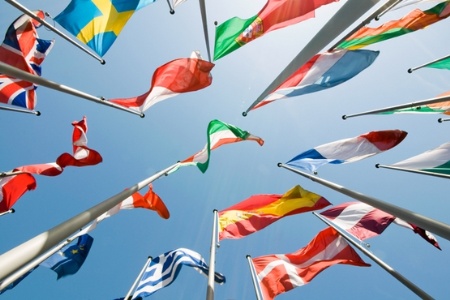
“It starts with the inherent value of culture, continues through all the social and educational benefits and only ends with the economic.”
“The inherent value of culture, its contribution to society, its symbiotic relationship with education and, yes, its economic power (but in that order) … this is what we call the holistic case for public support of arts and culture.”

“The arts give people a creative voice, a path to leadership, a way to express shared values, and to create a shared experience working together toward meaningful outcomes. There is consensus among social scientists, historians, educators, and activists that it is exactly these kinds of experiences that helps to build community. Working in and through the arts becomes another way to help people meet the economic, ecological and social challenges of the future.”
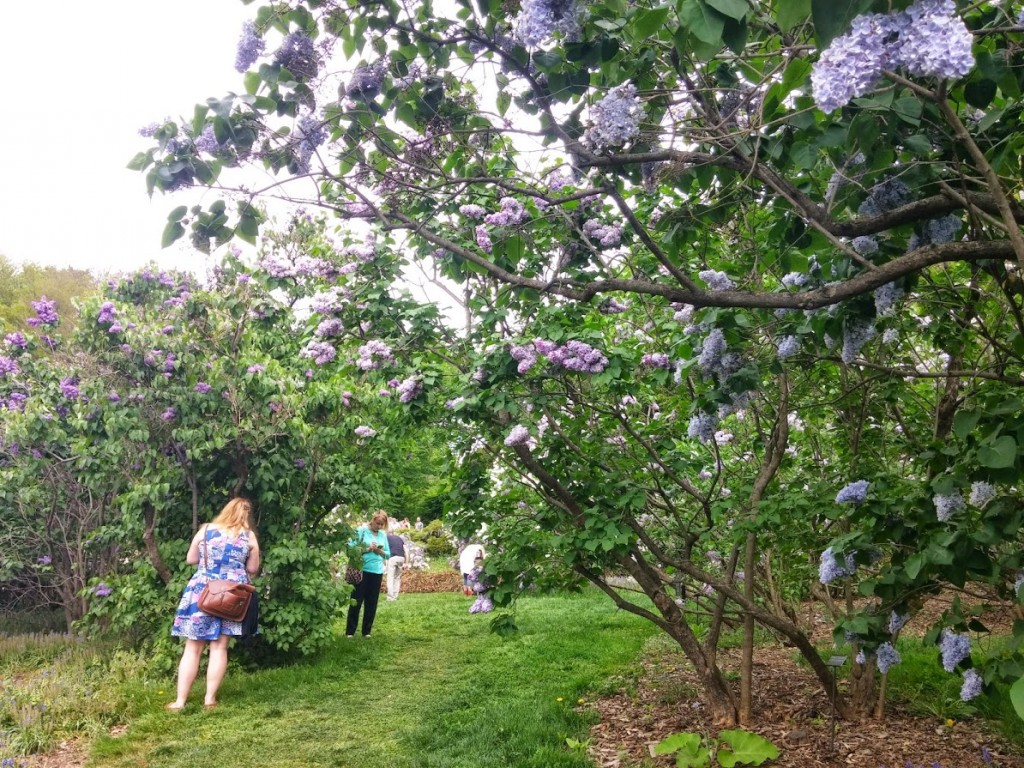
“Increase connection to nature. A number of studies have presented strong evidence that even 3 to 5 minutes of contact with nature can significantly decrease stress, reduce anger and fear, and increase pleasant feelings.8-11 This calming effect can be achieved by providing views to the outside, interior gardens or aquariums, or artwork with a nature theme.”

